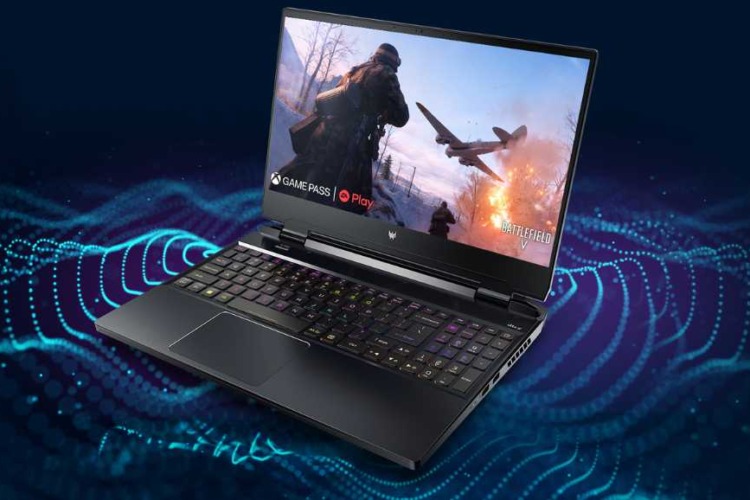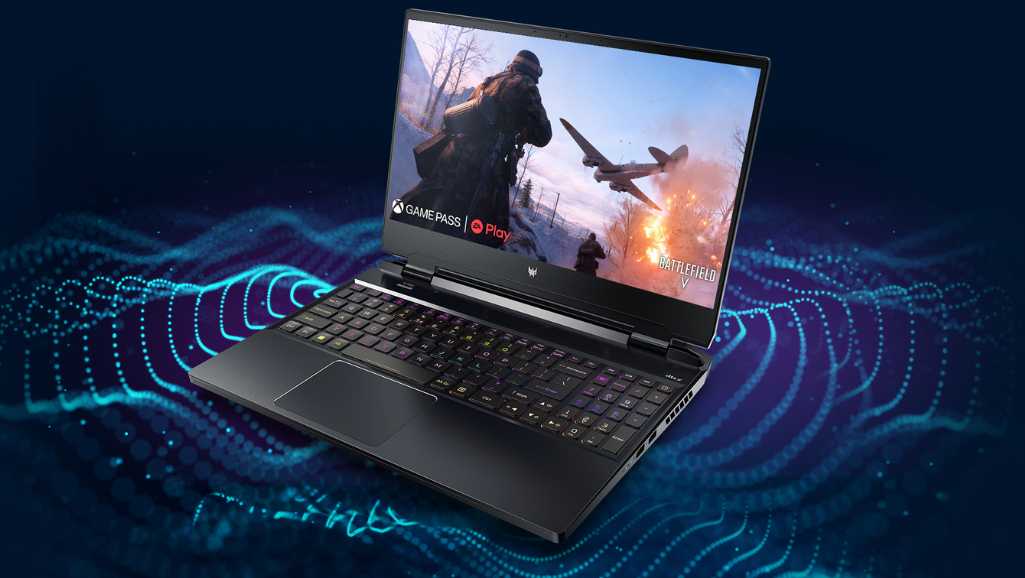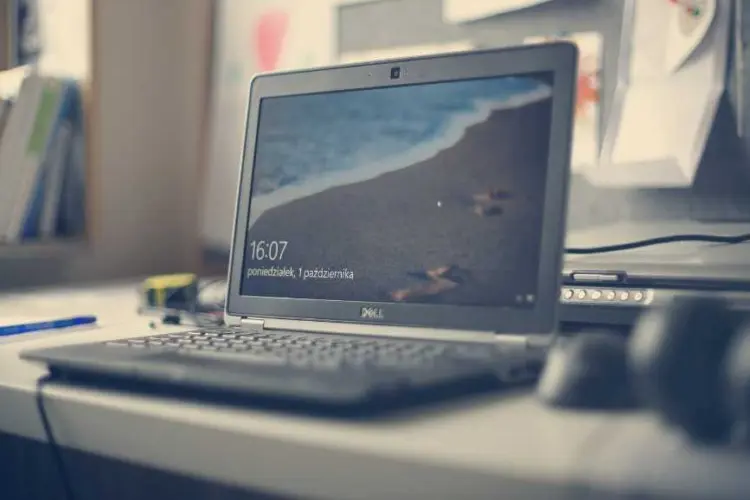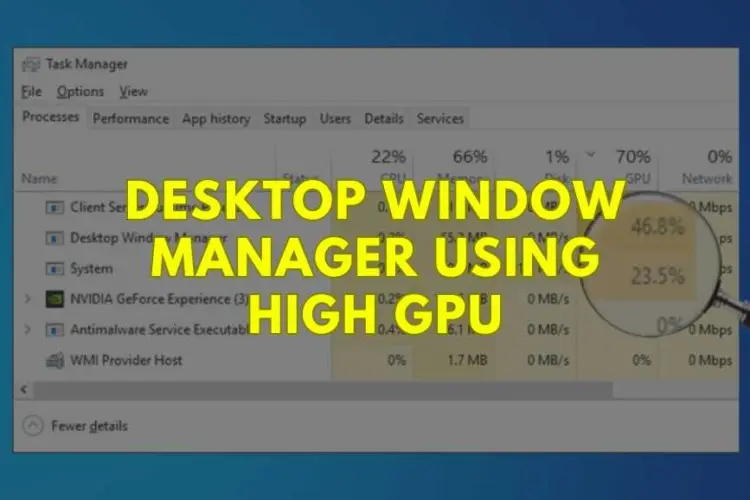The Acer Predator Helios 300 is a powerful gaming laptop, celebrated for its robust laptop performance and competitive price point. Gamers and power users alike appreciate its strong specifications, which make it capable of handling demanding applications and games. However, over time, even the best laptops can experience performance slowdowns. Whether you’re encountering lag in your favorite games or noticing slower response times during everyday tasks, it’s crucial to understand how to maintain and optimize your laptop to ensure it performs at its best. This blog post aims to provide a detailed, step-by-step guide to diagnose, fix, and prevent slow performance issues on your Acer Predator Helios 300, helping you to get the most out of your investment.
Common Causes of Slow Laptop Performance
Understanding the root causes of slow performance is the first step towards resolving the issue. There are several common reasons why your Acer Predator Helios 300 might be running slower than expected:
Hardware Limitations: As software and games become more advanced, they demand more from your hardware. Even though the Acer Predator Helios 300 is equipped with powerful components, newer applications may require more processing power, memory, or graphics capability than your laptop was originally designed to handle. Over time, the hardware can also degrade, affecting performance.
Overheating Issues: Gaming laptops are prone to overheating due to their high-performance components packed into a compact space. Overheating can lead to thermal throttling, where the CPU and GPU reduce their speed to cool down, causing noticeable performance drops. Ensuring your laptop stays cool is critical to maintaining optimal performance.
Software Bloat and Malware: Unnecessary software, often referred to as bloatware, and malicious programs can consume valuable system resources. Bloatware typically comes pre-installed on many laptops, including the Predator Helios 300, and can slow down your system. Malware, on the other hand, can not only slow down your laptop but also pose security risks.
Outdated Drivers and Firmware: Drivers and firmware are essential for the proper functioning of your hardware. Manufacturers frequently release updates to fix bugs, enhance performance, and add new features. Running outdated drivers or firmware can lead to suboptimal performance and compatibility issues with newer software.
Initial Diagnostic Steps
Before diving into advanced fixes, it’s important to perform some basic diagnostics to identify the root cause of the slowdown:
Checking System Specifications: First, ensure your system meets the requirements for the applications and games you’re using. Sometimes, slow performance is simply due to running software that’s too demanding for your hardware. Verify the specifications of your Acer Predator Helios 300 and compare them with the recommended requirements of the software you are running.
Monitoring System Temperature: Use tools like HWMonitor, MSI Afterburner, or Core Temp to keep an eye on your laptop’s temperature. High temperatures can indicate overheating, which can cause performance issues. Make a note of the temperatures while performing different tasks, especially while gaming, to see if they are within safe limits.
Running a Full Malware Scan: Use reliable antivirus software to scan for malware. Viruses, spyware, and other malicious software can significantly slow down your laptop by consuming system resources and potentially damaging files. Ensure your antivirus software is up to date before running a scan.
Reviewing Installed Programs and Startup Items: Go through your installed programs and startup items to identify any unnecessary software that could be consuming resources. Use the Task Manager to review the list of programs that launch at startup and disable those that are not essential. This can speed up boot times and improve overall performance.
Hardware Upgrades and Maintenance
Improving hardware components and maintaining your laptop can significantly boost its performance:
Upgrading RAM and Storage: Increasing the RAM and switching to an SSD can provide a substantial performance boost. The Acer Predator Helios 300 typically supports up to 32GB of RAM, which can be a significant upgrade if you are currently running with less. Upgrading to an SSD from a traditional HDD can also greatly improve boot times, application load times, and overall system responsiveness.
Cleaning Internal Components: Dust and debris can clog the cooling system, leading to overheating and reduced performance. Regularly cleaning the fans and vents using compressed air can help maintain proper airflow and cooling efficiency. If you’re comfortable doing so, you can open the laptop to clean the internal components more thoroughly.
Replacing Thermal Paste: Over time, the thermal paste between the CPU/GPU and their heatsinks can dry out, reducing its effectiveness. Replacing the thermal paste can improve thermal conductivity, helping to keep your components cooler and running at optimal speeds. This process requires some technical know-how, so consider seeking professional help if you’re unsure.
Ensuring Proper Ventilation: Make sure your laptop has adequate airflow. Using a cooling pad can help keep temperatures in check, especially during intense gaming sessions. Place your laptop on a hard, flat surface to ensure proper ventilation and avoid using it on soft surfaces like beds or couches that can block the vents.
Optimizing Software Settings
Tweaking your software settings can lead to significant performance gains:
Updating Windows and Drivers: Always keep your operating system and drivers up to date. Manufacturers release updates to fix bugs and improve performance. Check for updates regularly and install them promptly to ensure your system runs smoothly.
Adjusting Power Settings for Performance: In Windows, set your power plan to “High Performance” to ensure your laptop is using its full potential. This setting prioritizes performance over energy savings, which can be particularly beneficial during gaming sessions or other demanding tasks.
Disabling Unnecessary Startup Programs: Use the Task Manager to disable programs that start automatically with Windows. This can speed up boot times and reduce background resource usage. Focus on disabling programs that you do not need immediately upon startup, such as update managers and cloud storage sync applications.
Uninstalling Bloatware and Unnecessary Applications: Remove pre-installed bloatware and any applications you don’t use. This frees up system resources and storage space. Use the “Programs and Features” section in the Control Panel or Settings app to uninstall these applications. Be careful not to remove any software that is necessary for your laptop’s operation.
Advanced Performance Tuning
For those comfortable with advanced settings, these tips can further enhance your laptop’s performance:
Overclocking CPU and GPU: Overclocking can provide a performance boost by increasing the clock speeds of your CPU and GPU. However, it increases heat output and power consumption. Use software like Intel Extreme Tuning Utility (XTU) and MSI Afterburner to carefully overclock your components. Monitor temperatures closely to avoid overheating and potential damage.
Fine-tuning In-game Settings: Adjusting in-game settings can improve performance. Lowering graphics settings, resolution, and turning off unnecessary effects like shadows and reflections can make games run smoother. Use benchmarks and performance monitoring tools to find the optimal balance between visual quality and performance.
Using Performance Optimization Software: Programs like Razer Cortex and MSI Dragon Center offer tools to optimize your system for gaming by managing resources and background processes. These tools can automatically close unnecessary applications, free up memory, and allocate more resources to your games.
Managing Background Processes and Services: Use the Task Manager and Services app to identify and disable unnecessary background processes and services. This can free up CPU and memory resources. Be cautious when disabling services, as some are essential for the proper functioning of your system.
Maintaining Long-Term Performance
Maintaining optimal performance is an ongoing task. Here are some tips to keep your Acer Predator Helios 300 running smoothly:
Regular System Maintenance Routines: Schedule regular maintenance tasks such as disk cleanup, defragmentation (for HDDs), and system scans. These tasks can help keep your system running efficiently and free up valuable storage space.
Keeping Software Up to Date: Regularly check for updates for your operating system, drivers, and applications. Updates often include performance improvements, bug fixes, and new features that can enhance your laptop’s performance.
Periodically Cleaning Hardware: Dust and debris can accumulate over time, affecting cooling and performance. Regularly clean your laptop’s internals to keep it running cool. Set a schedule to clean your laptop every few months, depending on your environment and usage.
Best Practices for Avoiding Slowdowns: Avoid running too many applications simultaneously, keep your desktop and file system organized, and be mindful of the programs you install. Regularly check for and remove unnecessary files and applications. Also, consider using cloud storage for files you don’t need immediate access to, freeing up local storage space.
Conclusion
By following the steps outlined in this guide, you can significantly improve the laptop performance of your Acer Predator Helios 300. Regular maintenance, hardware upgrades, and software optimization are key to keeping your gaming laptop running at its best. Apply these tips to enjoy smoother gameplay, faster load times, and an overall better computing experience. Remember, a well-maintained laptop not only performs better but also has a longer lifespan. Happy gaming!
FAQs
Is the Acer Predator Helios 300 a good computer?
Yes, the Acer Predator Helios 300 is widely regarded as a good gaming laptop. It offers a strong balance of performance and value, featuring powerful hardware components such as high-end Intel or AMD processors, NVIDIA GeForce graphics, and a high-refresh-rate display. It’s particularly well-suited for gamers and power users who need reliable performance for demanding applications and games. Additionally, it has a solid build quality and a range of features that make it a great choice for both gaming and general use.
Does Acer Predator Helios 300 overheat?
The Acer Predator Helios 300, like many gaming laptops, can experience overheating during extended gaming sessions or when running intensive applications. However, it includes a robust cooling system with multiple fans and heat pipes designed to manage heat effectively. Overheating issues can often be mitigated by ensuring proper ventilation, using a cooling pad, regularly cleaning the internal components, and occasionally replacing the thermal paste. Keeping the laptop’s software and drivers up to date can also help in managing heat more efficiently.
How long does Acer Predator Helios 300 last?
The longevity of the Acer Predator Helios 300 can vary based on usage, maintenance, and overall care. Typically, with proper maintenance and regular upgrades (such as adding more RAM or switching to an SSD), the laptop can serve well for 3 to 5 years. Factors like how often it’s used for heavy gaming or intensive tasks, and how well it’s maintained in terms of cooling and cleanliness, will influence its lifespan. Keeping the software updated and performing routine checks can help extend its usable life.
How do I reset my Acer Predator Helios 300?
Resetting your Acer Predator Helios 300 to its factory settings can help resolve software issues and restore optimal performance. Here’s how you can do it:
- Back Up Your Data: Ensure you back up any important files before starting the reset process.
- Access the Recovery Environment:
- Press and hold the ‘Alt’ key while repeatedly pressing the ‘F10’ key as soon as you power on the laptop. This should take you to the recovery environment.
- Choose the Reset Option:
- In the recovery environment, select ‘Troubleshoot’.
- Choose ‘Reset this PC’.
- Select How You Want to Reset:
- You’ll be given options to either ‘Keep my files’ or ‘Remove everything’. Select the appropriate option based on your needs.
- Follow the On-Screen Instructions: Proceed with the prompts to complete the reset process.
This will restore your laptop to its factory settings. Make sure your laptop is plugged into a power source during this process to avoid any interruptions.
Is your Acer Predator Helios 300 running slower than you’d like?
Don’t let lag ruin your gaming experience! At Volta PC Upgrade & Repair, we specialise in breathing new life into gaming laptops. Our expert technicians can diagnose and fix performance issues, upgrade your hardware, and optimize your software settings to ensure your laptop runs at its peak. Whether you need more RAM, a faster SSD, or a thorough cleaning to prevent overheating, we’ve got you covered. We also offer services like thermal paste replacement and advanced laptop performance tuning to give you that extra edge in your games. Visit
Volta PC Upgrade & Repair today and let us help you get the most out of your gaming laptop. Contact us to schedule a consultation and take the first step towards a faster, more reliable gaming experience. Don’t wait—unleash the full potential of your Acer Predator Helios 300 now!
- Address:
- Tai Seng Branch: 8 Burn Road #01-04, Trivex, Singapore 369977
- Jurong Branch: Blk 132 #01-279C, Jurong Gateway Road, Singapore 6001324
- Contact: Whatsapp us | Call 69500453 | Telegram us




